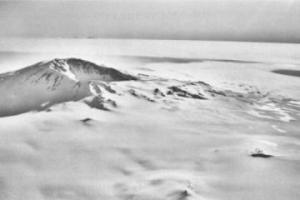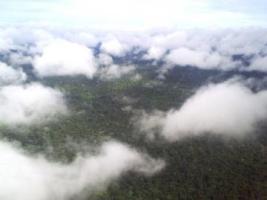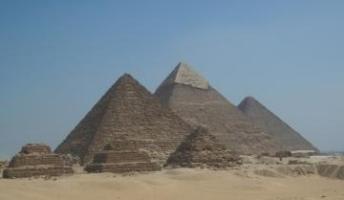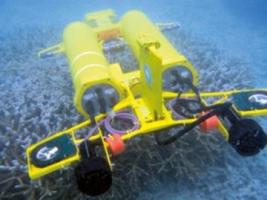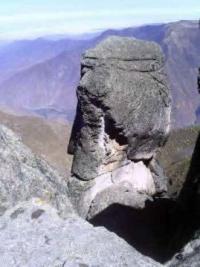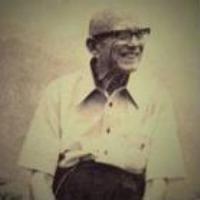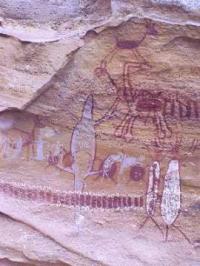Drawing by Blas Valera open new horizons about the true location of Paititi
The enigmatic drawings (1618), by Blas Valera, open new horizons about the true location of Paititi

Lost Civilizations (@lostcivilizations)
Published in
lostworlds
· 27 Apr 2024
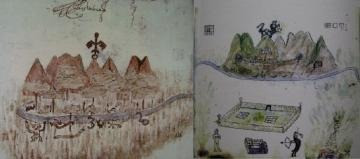
According to traditional historiography, Blas Valera was born in Chachapoyas, Peru, in 1546 and died in Malaga, Spain, in 1596. He was the son of a Spaniard, Luis Valera, and an indigenous woman, and demonstrated from an early age a strong predilection for History. At the age of 22 he joined the Society of Jesus. After five years of theological studies he was ordained a priest in the diocese of Lima, in 1573. Initially he was sent to Huarochirí, in Quito, where the Society of Jesus had the mission of eradicating idolatries, or pagan beliefs. Blas Valera showed firmness and his knowledge of Quechua was essential. After these excellent resu...
